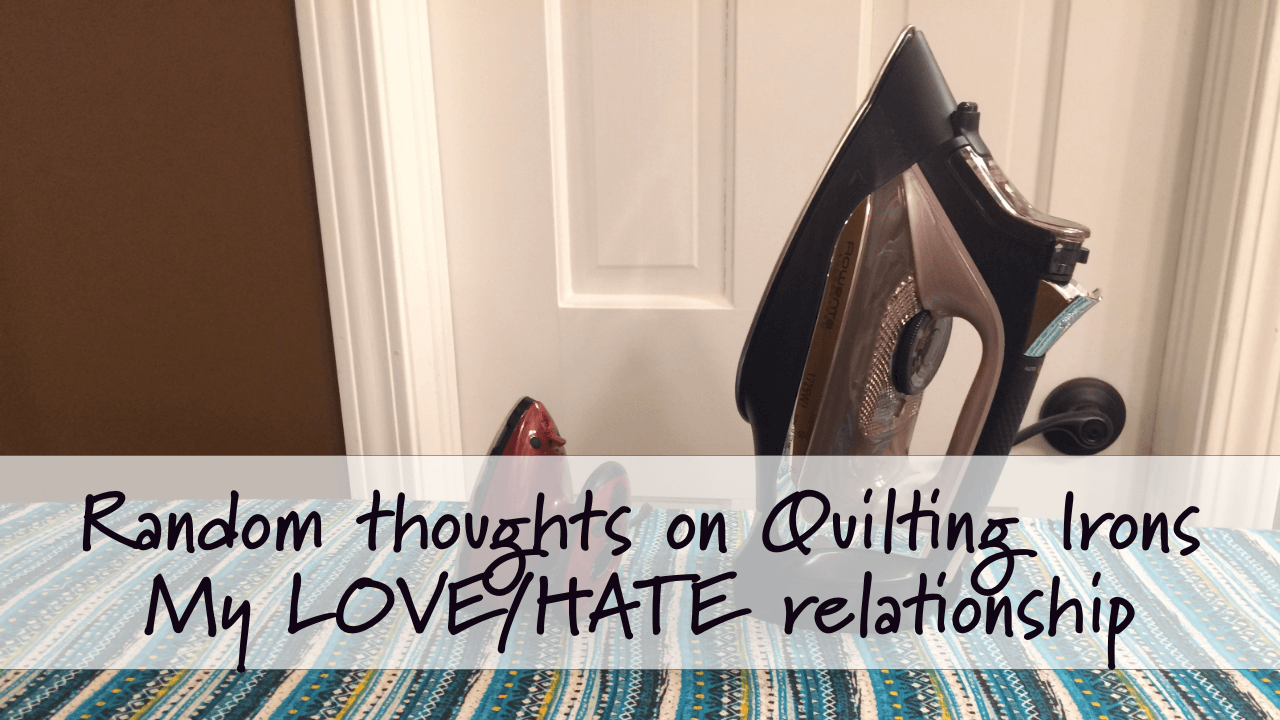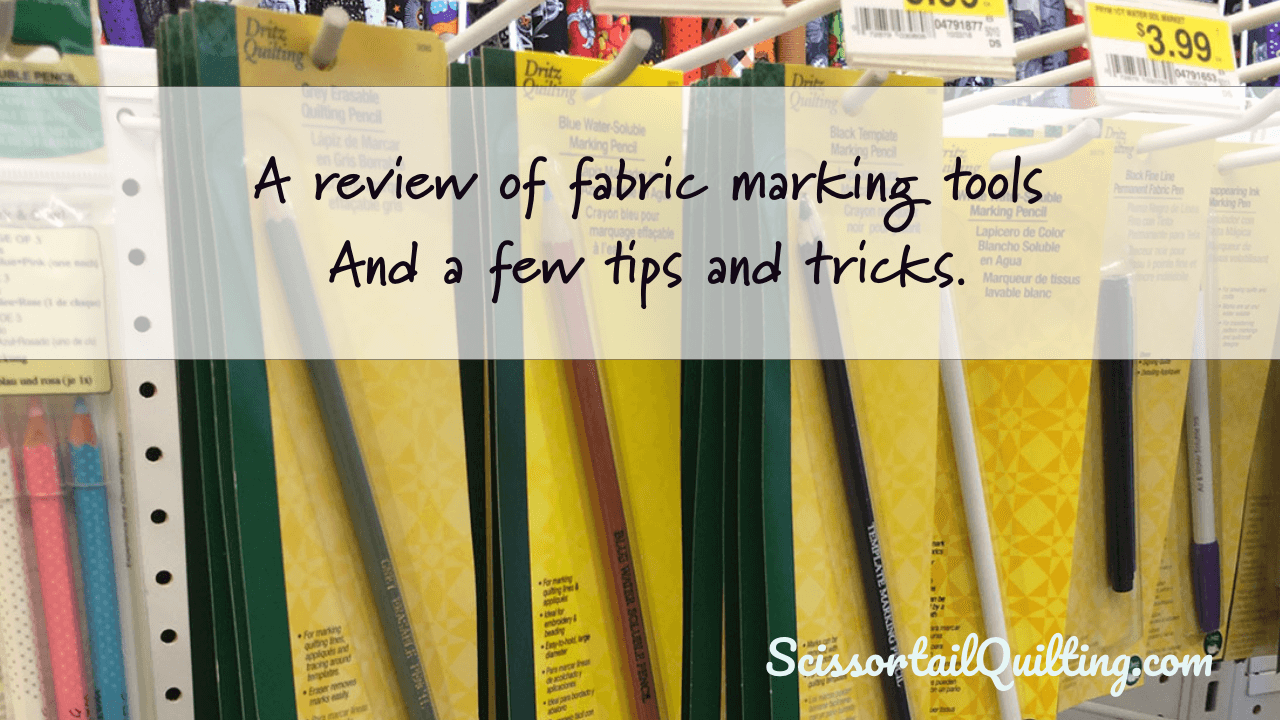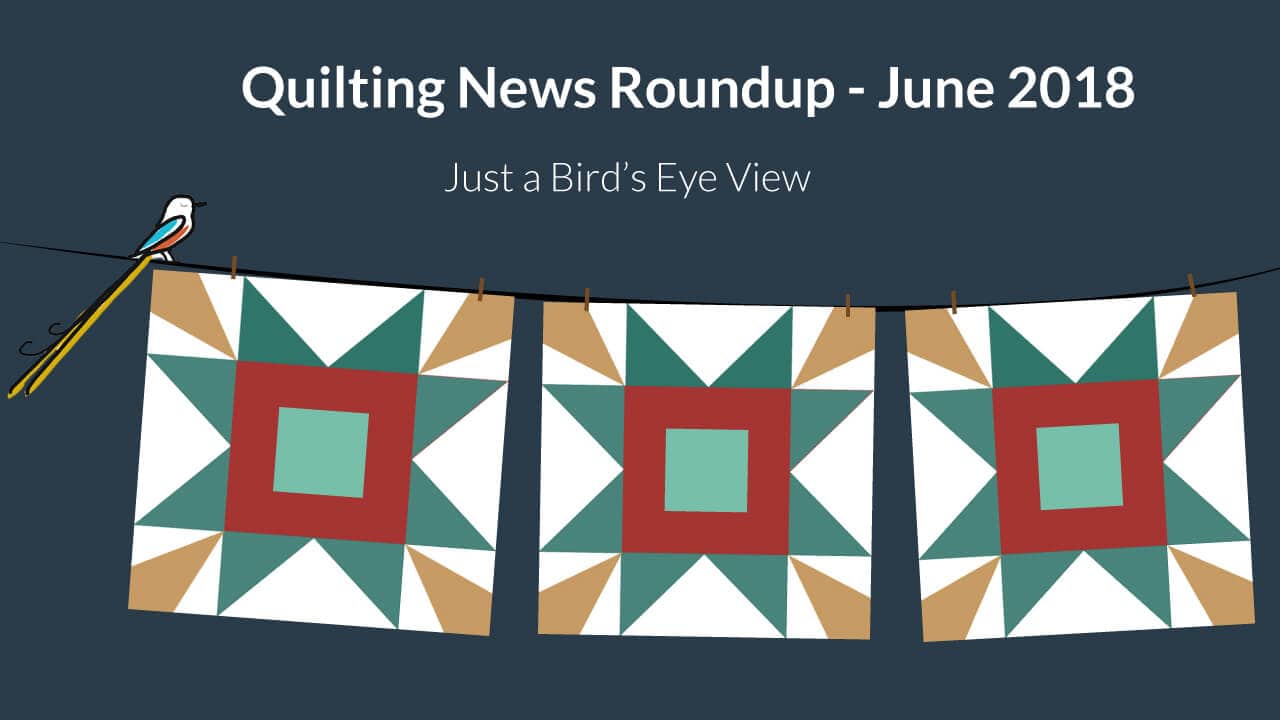Random thoughts on irons used in quilting
Estimated reading time: 6 minutes
If you’ve quilted for any time at all, you know that a very hot and dependable iron is indispensable. Another thing you’ve probably picked up on is that quilting is brutal on irons. Before I started quilting, I had used the same iron in my household since 1985. It died within a few months of quilting abuse. I’ve gone through so many irons now, I have actually lost count of how many irons I have purchased over the last 9-10 years.
I have a love/hate relationship with irons
So, it’s pretty much a given that if you are a quilter, you are going to go through a lot of irons. Just a few weeks ago my little mini/travel iron died. Which prompted me to rant write this little post in an attempt to share what little wisdom I have on the subject.
I depend on my irons, and they seem to always die on me at the worst time. So, when it’s time to replace one, here is what I look for:
- It has to get super hot (look for high wattage)
- It has to be easy to clean (Stainless steel soleplates clean up easier than coated ones)
- It has to have a lot of holes in the sole plate to evenly distribute steam
- It cannot leak – that’s a dealbreaker.
- Long retractable cord and auto shutoff feature is a plus.
Note: Any product links below are affiliate links, which means that if you click the link and choose to make a purchase, I will earn a commission. This commission comes at no additional cost to you but does help me earn a little to support the cost of this website. Please know that I only link to items which I personally use and feel that I can confidently endorse. Your support by clicking on these links is greatly appreciated.
Here’s what I know
- Buying an iron is a crapshoot. Just accept it and you’ll save yourself a lot of stress.
It does not matter that the super popular quilting pro in the YouTube video gave it his or her glowing recommendation. You might get a good one. But you are just as likely to get a lemon.
It does not matter how much the iron costs. I’ve had expensive irons that lasted just a few months past their warranty. And I’ve had cheap irons last long past their warranty. Which brings me to my next point –
- Get the extended warranty when purchasing a more expensive iron
I’ve learned that when it comes to the larger more expensive irons, buy the extended warranty. I rarely recommend an extended warranty on a purchase but when it comes to irons used for quilting, I’ve learned that this saves me money in the long run. I don’t buy the extra warranty on small travel irons, but for any iron over $75 I would recommend it.
- Buy a backup iron just in case.
There is nothing worse than being in the middle of a project and having your iron die. I’ve learned to always keep a backup in the closet, and several times I’ve been thankful I did.
- This travel/mini iron is a workhorse
This is the iron that finally died on me a few weeks ago and it’s the iron that sits by my machine for pressing patchwork. It also goes with me on retreats and sewing dates. When all was said and done, I ended up replacing it with the same model. Here is why: it has a nice price point and it lasted nearly 4 years of my abuse, even though it only has a one year warranty.
It’s got a weird name, but I think it’s a keeper. I would prefer it even more if it had an auto shut off, but you can’t have everything. Bonus: it does come with a handy heat-resistant travel case that really does contain the heat quite well.
- Speaking of mini irons – if you own a hair straightener, these are AWESOME for pressing small long items (applique stems, bias binding)
- If you are going to work with a lot of fusibles, be sure to buy an iron with a stainless steel soleplate.
Yes, I use a pressing sheet, but here’s the deal with those. Glue still seeps out onto them and before you know it you’ve accidentally turned it over to the side with the glue seepage and then it’s on your iron.
One of my favorite irons is this CHI brand iron.
It gets super hot. I’m on my second one. The manufacturer replaced the first one because the ceramic coating started peeling off. The same has happened to my second one, and I realized that it does not hold up well if you use iron cleaner on it, which happens a lot around here since I work with so much interfacing when making t-shirt quilts. This is the brand of Iron Cleaner that I use:
So, to sum it all up, I only have one iron that I heartily recommend and that is the SMAGREHO travel iron shown above. I have had good success with the CHI and can recommend it as long as you’re careful to not use it near adhesives.
Here are some of my reject irons: I have used the SHARK PRO iron – it died in under a year. I have also used a Panasonic and a Rowenta travel iron, both of which also died in under a year.
If I replace my CHI, I am considering this Rowenta:
My next iron? I’ll keep you posted…
UPDATE January 23, 2021. I bit the bullet and bought the Rowenta model above a few weeks ago. So far, so good!
UPDATE July 8, 2023. The Rowenta model above is still going strong. I bought a second one as a backup.










